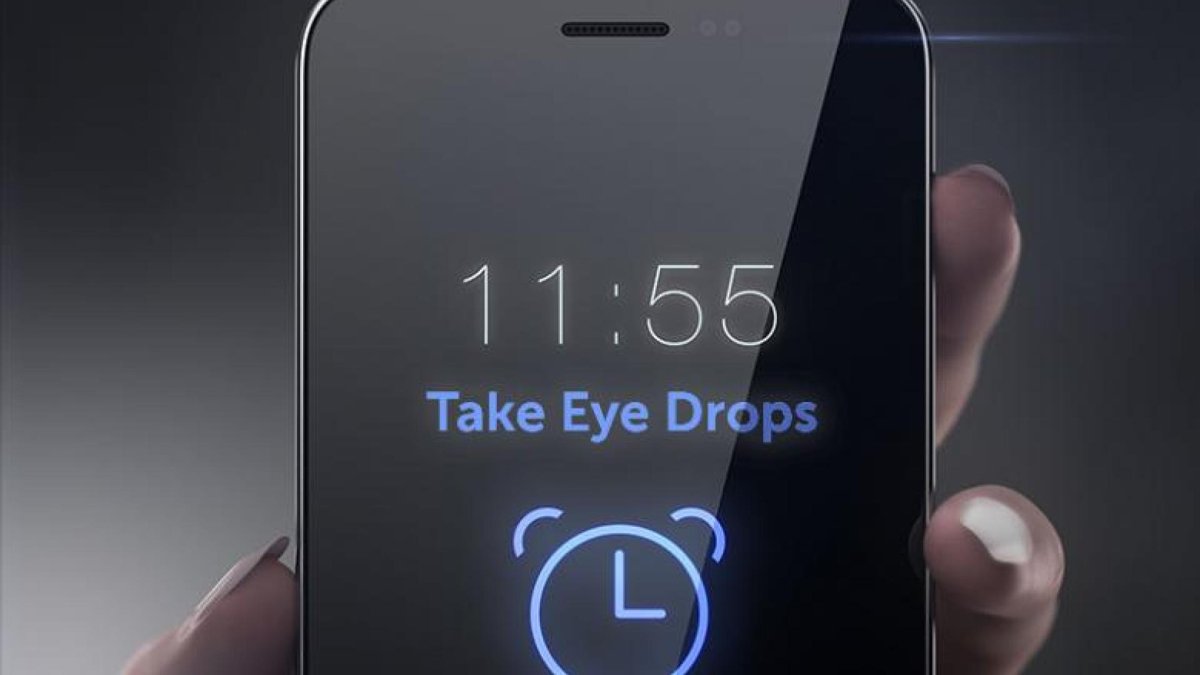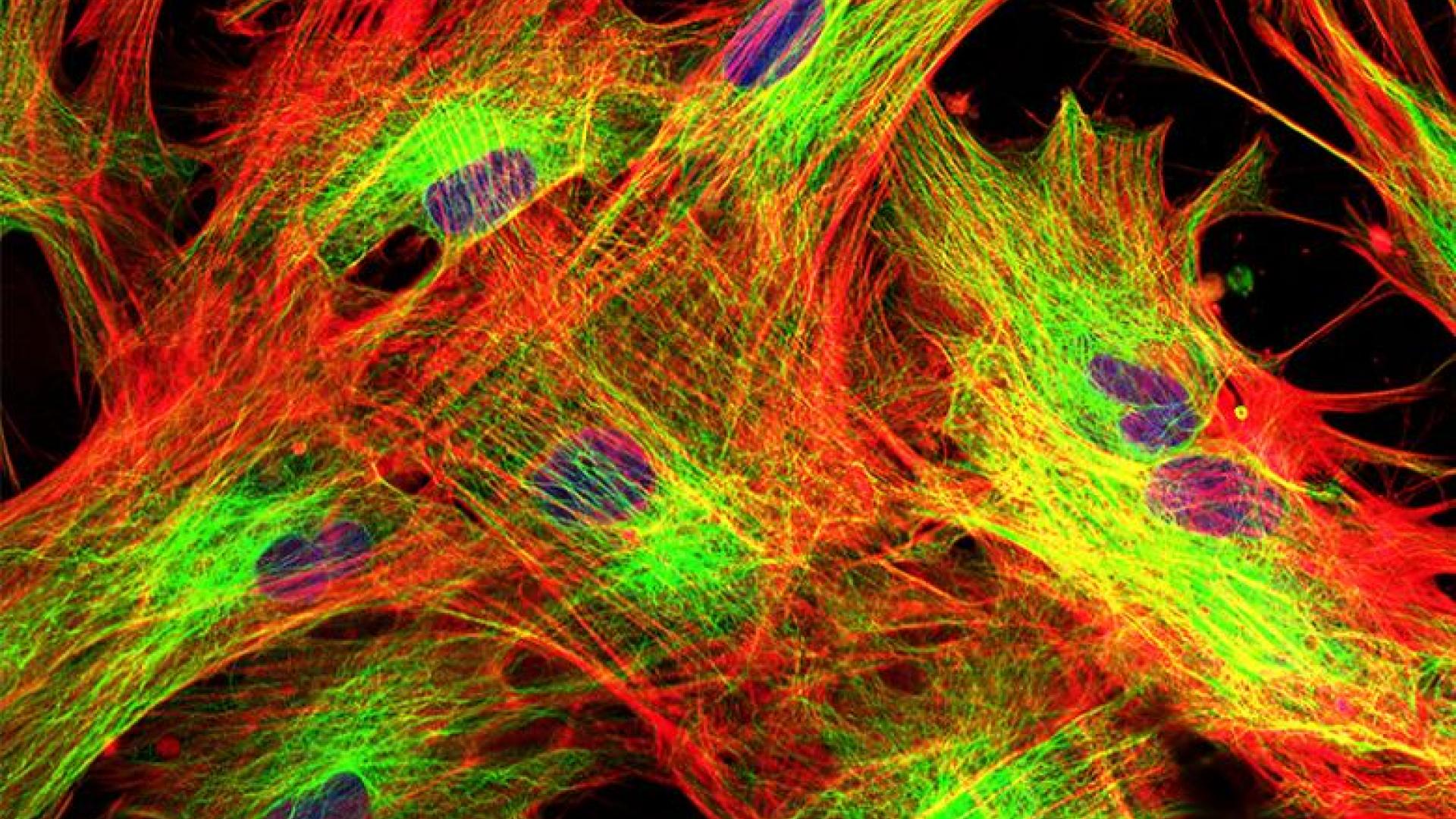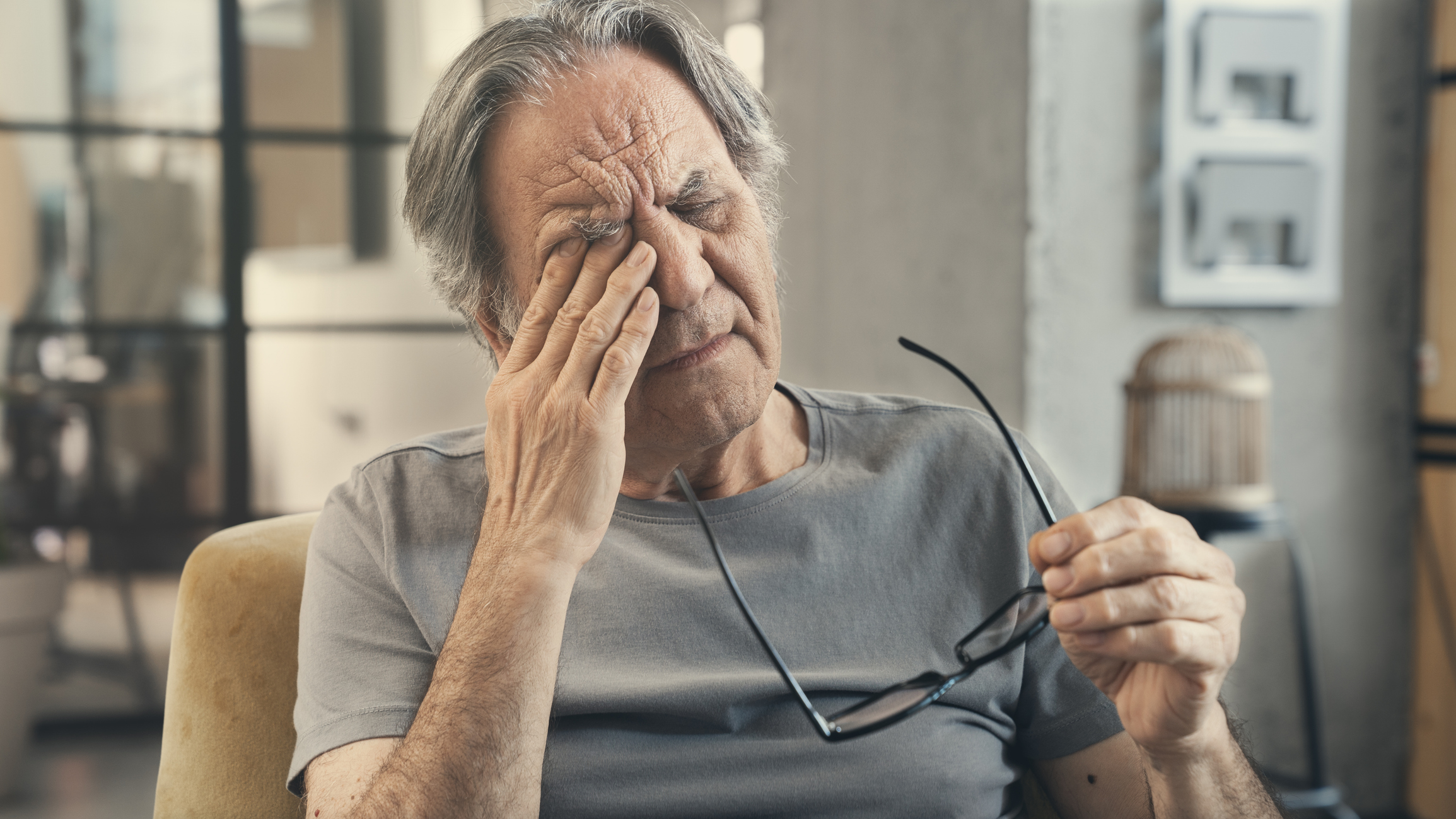
Learn helpful tips to overcome some common challenges when taking glaucoma eye drops.
Taking eye drops to treat glaucoma is not easy for many patients. Also, if you are new at taking eye drops, developing the hand-eye coordination to put in eye drops is not easy, particularly if you have a tremor or arthritis. Even for patients without these difficulties, putting an eye drop into the eye can be challenging.
Here are 10 helpful suggestions to manage some common challenges that you may encounter when taking glaucoma eye drops:
1. Set Up a Reminder System
It’s easy to forget your eye drops. This is probably the number one reason why glaucoma treatments fail. However, if you develop a reminder system, it can significantly increase your adherence to your treatment program.
The reminder can be as easy as putting in your eye drops at the same time every day that you perform another routine activity, such as brushing your teeth in the morning and evening. Or you can set phone alarms to remind you to take your eye drops. There are also phone apps that can help you track your medications. However, even a low tech piece of paper and pen can be really helpful in setting up a chart that you can mark off when a drop has been taken. This is helpful especially if you are taking many different medications, since it’s easy to forget if you’ve already put in the eye drop.
2. Bring Your Eye Drops to Your Appointment
This is the easiest way for your doctor to confirm that you are on the medications that he or she has prescribed. While sometimes it’s easy to sort eye drops based on the color of the bottle cap, bottles are sometimes redesigned, and some people have different opinions about which color is which! In addition, formulations and dosages sometimes change, so a visual confirmation by your eye doctor is very helpful. If you are having difficulties with a specific bottle or eye drop, it also helps to be able to show your doctor directly. On the other hand, if you are on a stable regimen of eye drops and nothing has recently changed, then a list of your medications is probably adequate.
3. Report Side Effects
The goal of glaucoma treatment is to slow the disease in a way that is well-tolerated by the patient. If you are having difficulty with the side effects of an eye drop, please let your ophthalmologist know about it. He or she may switch you to a different formulation, or have advice for you on how to improve tolerance. Your ophthalmologist may also offer other approaches to treat your glaucoma, such as switching to preservative-free glaucoma drops or laser therapy.
4. Close Your Eyes after Instilling the Eye Drop
The initial knee-jerk reaction to instilling an eye drop is to blink, often many times. After all, you’ve just put a foreign substance into your eye! However, blinking causes the eye drop to be “pumped” away into to the tear system, thus diluting its effect. The best thing to do after putting in the eye drop is to close your eyes like you are sleeping. You can also practice punctal occlusion, which involves pressing your finger near the inside corner of your eye for two minutes after instilling the eye drop.
5. Wait 5–10 Minutes Between Eye Drops
If you rapidly instill one eye drop after another, you will dilute out the effects of the first eye drop. If you need to instill eye drops in the morning, for example, you could put in one eye drop before you brush your teeth, then proceed with brushing your teeth, combing your hair, and finalizing your morning routine with the second eye drop.
6. Ask for Help
If you live with a family member or friend, or have friendly neighbors, consider asking for help with your eye drops. Even if they cannot put the eye drops in your eyes for you, setting up a “buddy system” can increase accountability for taking your eye drops. For example, you could ask a neighbor if she has taken her medications or gone for a walk that day, and in the meantime, she could confirm with you that you have taken your eye drops.
7. Get a 90-Day Supply of Medication
If your eye drop regimen is stable and you have found eye drops that work for you and your glaucoma, get a 90-day supply. Mail order now makes it so that you do not even have to make a trip to the drugstore. 90-day supplies also minimize the situation where you have run out of a drop at the end of the month, don’t have time to make it to the pharmacy right away, or have to ask your doctor to call in a refill.
8. Consider Laser Therapy or Cataract Surgery Combined with Minimally Invasive Glaucoma Surgery (MIGS)
If you are very intolerant of eye drops or just cannot get them into your eyes on a regular and consistent basis, you may want to consider laser therapy. Although laser therapy is not a “cure,” it can help reduce your eye drop burden and can often be repeated with good effect. A newer treatment modality is cataract surgery combined with a MIGS device. This is especially helpful for patients who have early to moderate glaucoma and cataract. While current technologies do not typically lower eye pressure enough for those with advanced glaucoma, for those patients with early glaucoma and cataract who would like to stop taking eye drops, this can be a good option. Even cataract surgery alone has been shown to reduce eye pressure to a small degree, so that may also be an option to consider.
9. Talk to Your Pharmacist
Your pharmacist is a great resource for understanding how your eye drops might interact with your other medications. He or she will be able to advise you on how to best store your medications and answer questions about formulation changes or the source of eye drops.
10. Know the Risks of Certain Medications
Some people will experience an increase in eye pressure in response to medications that contain topical steroids, sometimes alone or in combination with antibiotics, and glaucoma increases your risk of responding with an increase in eye pressure when taking these medications. In addition, certain over-the-counter medications, such as cold medications containing ephedrine, can cause problems for patients with narrow-angle or closed-angle glaucoma. For a more complete description, see our article “Medications that May Adversely Affect Glaucoma.”
About BrightFocus Foundation
BrightFocus Foundation is a premier global nonprofit funder of research to defeat Alzheimer’s, macular degeneration, and glaucoma. Since its inception more than 50 years ago, BrightFocus and its flagship research programs—Alzheimer’s Disease Research, Macular Degeneration Research, and National Glaucoma Research—has awarded more than $300 million in research grants to scientists around the world, catalyzing thousands of scientific breakthroughs, life-enhancing treatments, and diagnostic tools. We also share the latest research findings, expert information, and resources to empower the millions impacted by these devastating diseases. Learn more at brightfocus.org.
Disclaimer: The information provided here is a public service of BrightFocus Foundation and is not intended to constitute medical advice. Please consult your physician for personalized medical, dietary, and/or exercise advice. Any medications or supplements should only be taken under medical supervision. BrightFocus Foundation does not endorse any medical products or therapies.
- Medications









